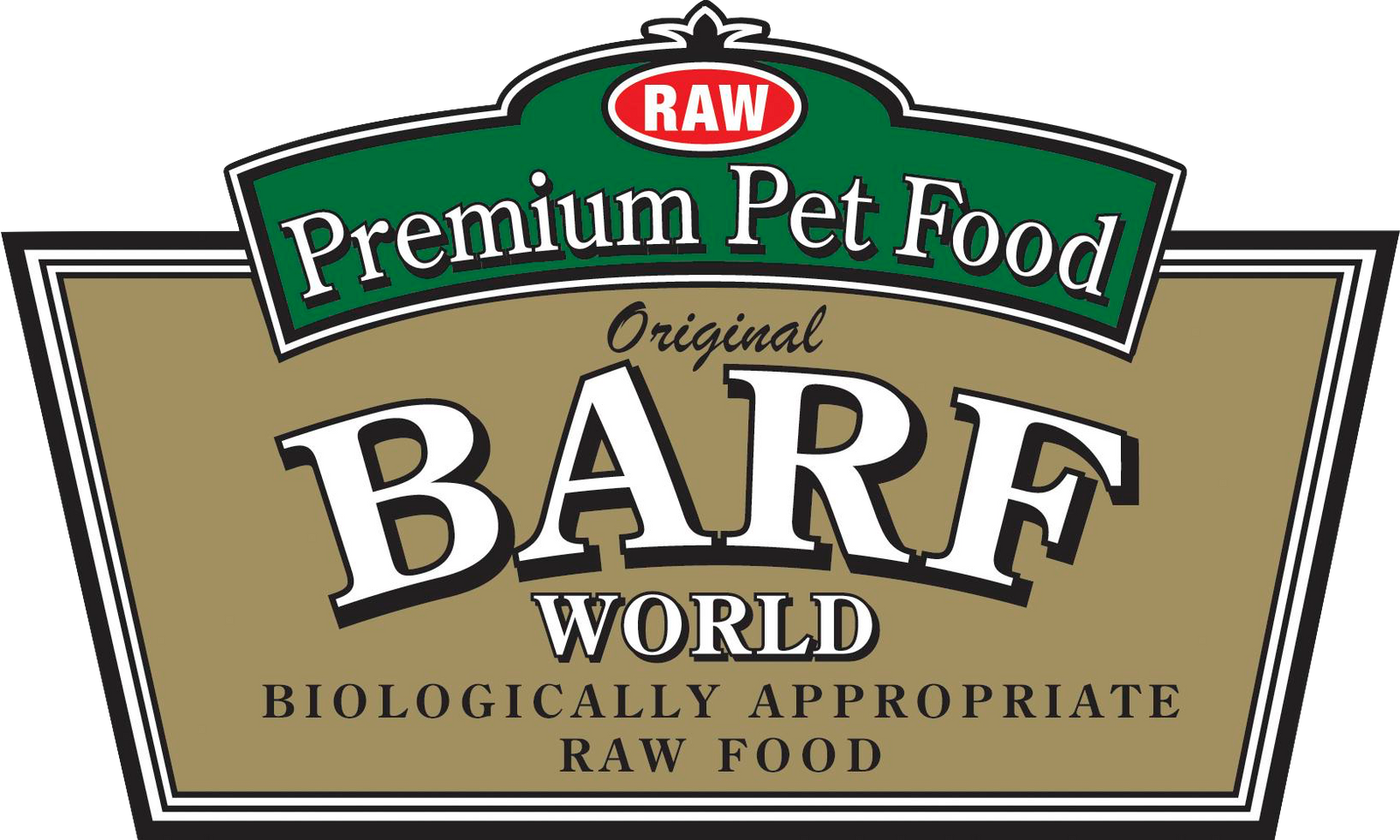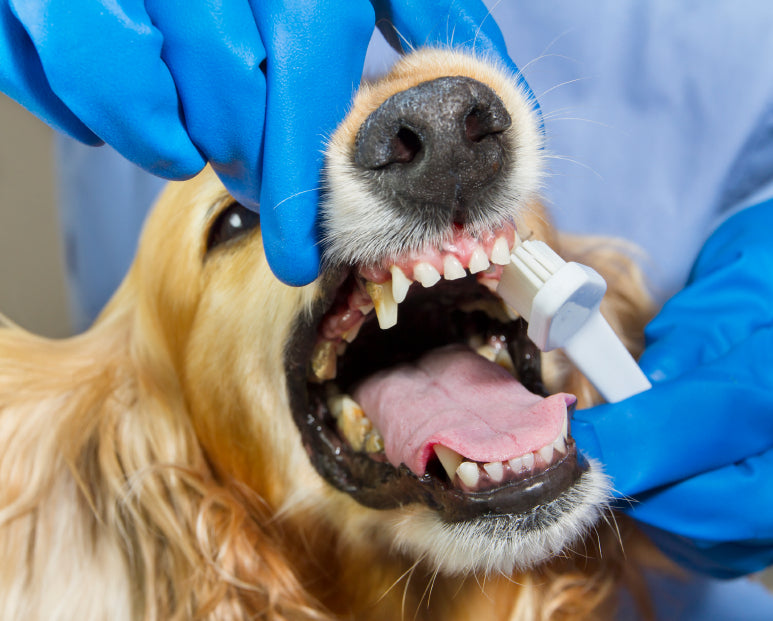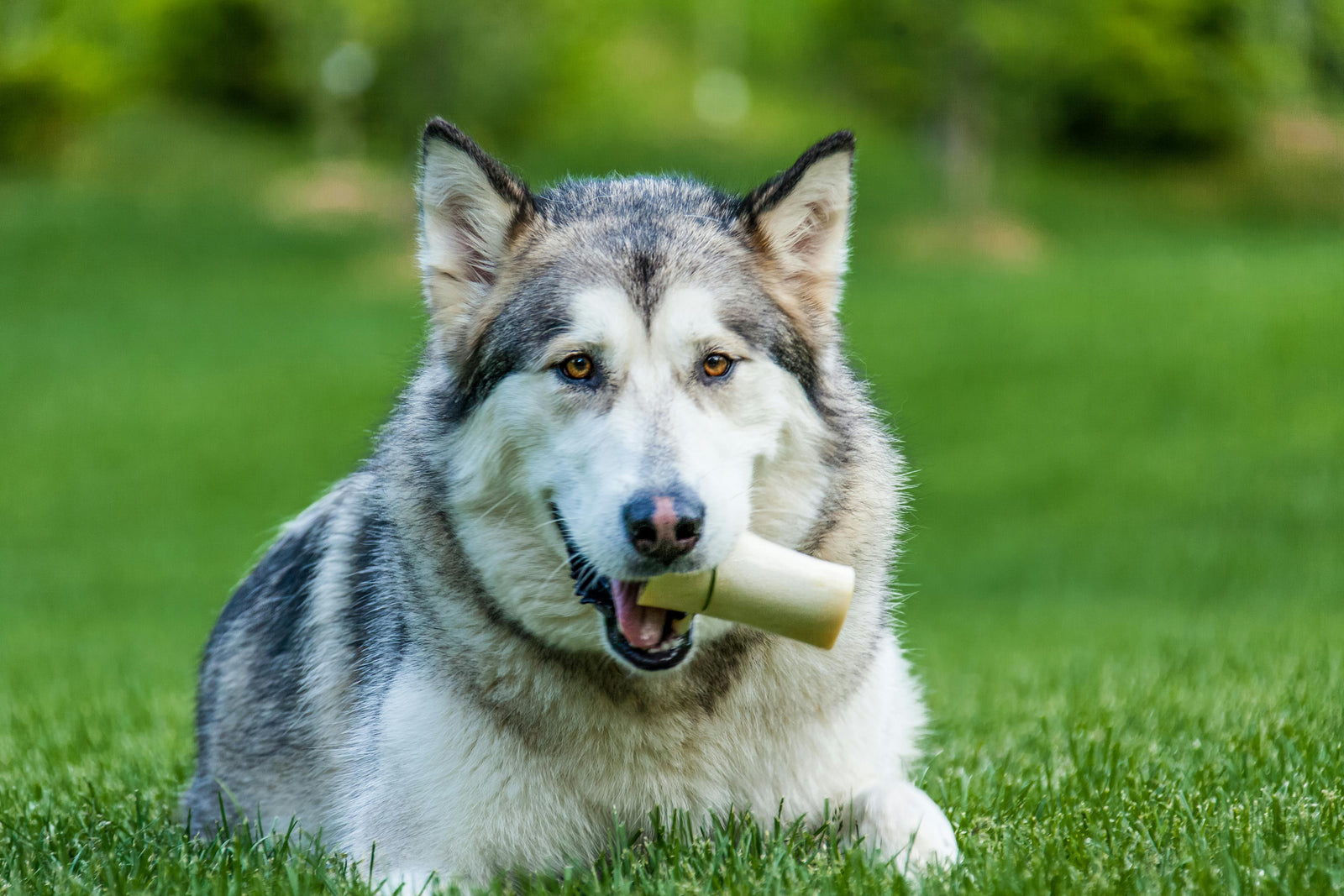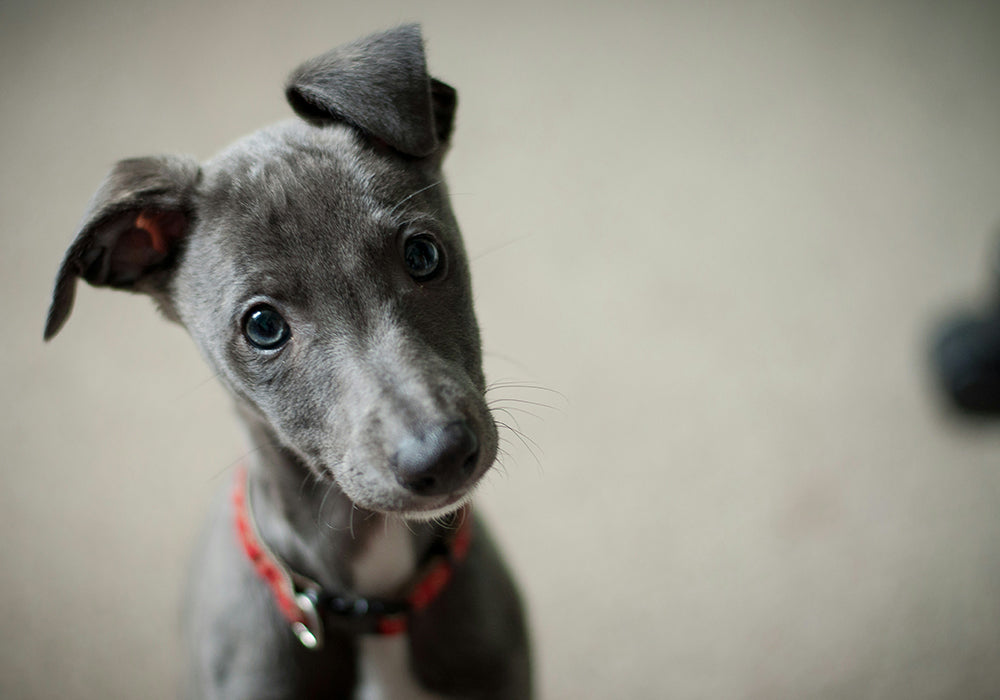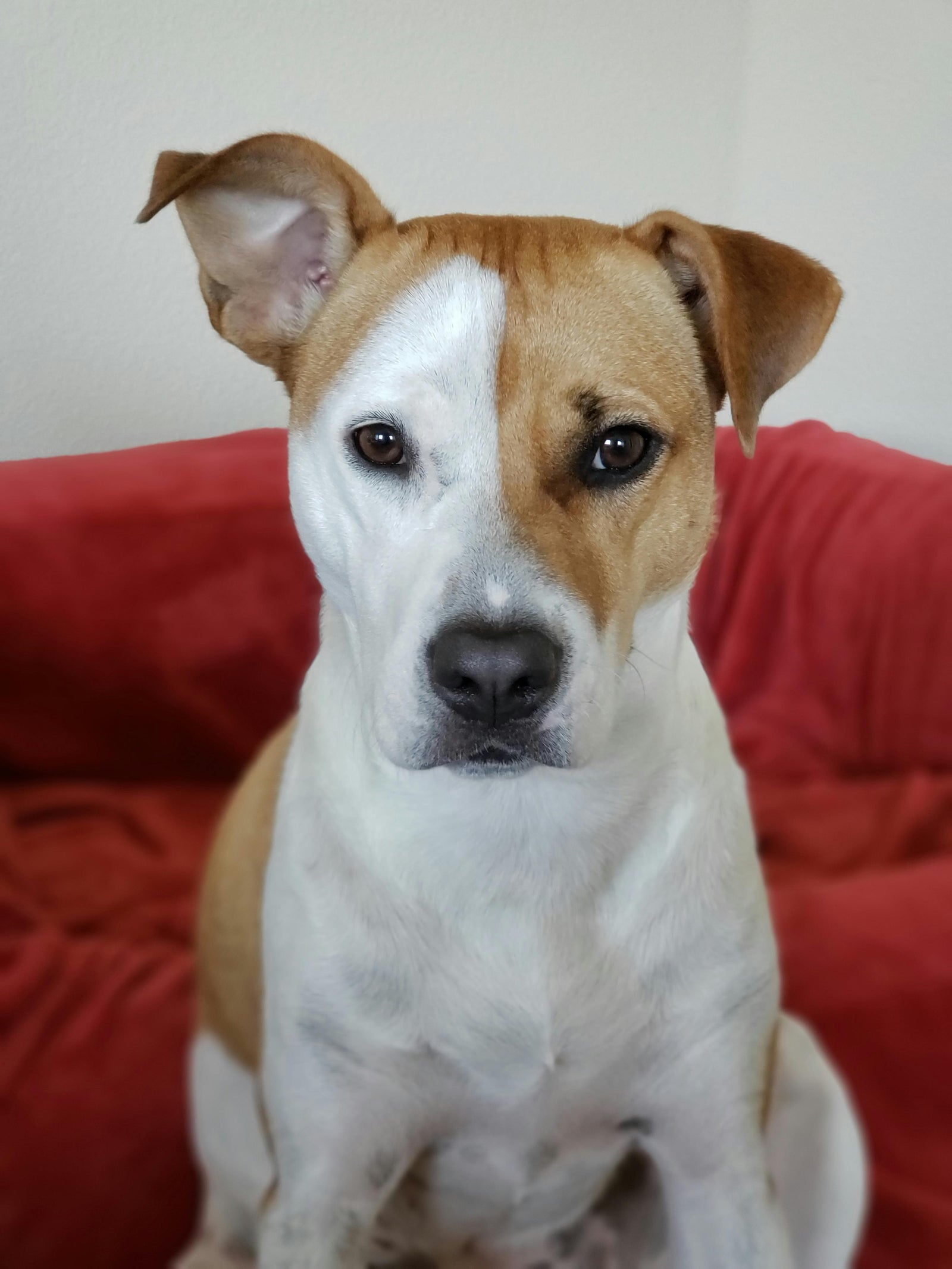Imagine for a moment you never went to the dentist…or brushed your teeth…for 5 years! No matter how good your diet, there’s going to be plaque and tartar.
What makes plaque form? Bacteria – in our mouths. So, we humans get our teeth cleaned every 6 months.
Now let’s consider our canine friends: how many of us really brush our dogs’ teeth? I mean to, but shoot, I have 8 dogs. Some days it’s tough to even get my own teeth done before I fall into bed. So, even on the best diet, our dogs’ mouths have bacteria. Which leads to tartar, which leads to decay, and eventually bacteria in the blood.
Guess where that bacteria likes to go? To the heart, liver, kidneys and anywhere else with small blood vessels. Many heart murmurs are valve problems – caused by bacteria, probably from the mouth.
So, what are our options? If you start with nice shiny teeth (puppyhood), dog parents can brush teeth everyday, and give raw meaty bones and antlers to chew on. If we aren’t starting with nice shiny teeth, really, a dental cleaning is the best option.
There are two common ways to give dogs dental cleanings: with anesthesia or without. Sedation-free dental cleanings save all the risk of anesthesia. That’s the biggest plus. Downside is it’s nearly impossible to get a dog to hold its mouth open to clean the inside of the teeth. And it might really hurt to pull a rotten tooth while awake. What’s cool is in dogs, unlike humans, most of the plaque/tartar is on the outside of the teeth, but not all. So sedation-free dentistry can do good things.
Dental cleanings with anesthesia means no pain and a very thorough cleaning inside and out. And it makes it possible to pull some really tough teeth, especially if they are so rotten that they need to come out. However, it also means there is anesthesia risk.
